Even if you have already visited Across the Atlantic: American Impressionism through the French Lens, another trip to explore LSU MOA’s permanent collection in comparison to works featured in Across the Atlantic is well worth it. Comparisons across the permanent collection exhibition Art in Louisiana reveal and contextualize changes in style, color, and composition. You can also find intersections between Impressionism and Japonisme or see the enduring influence of Impressionism in contemporary works.
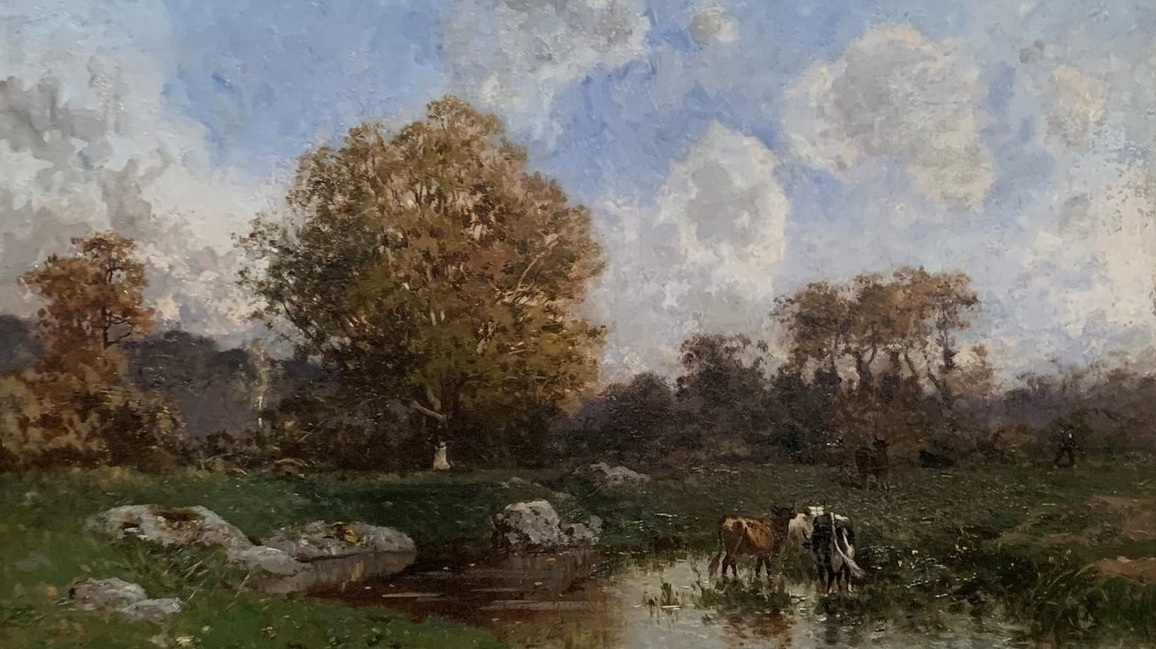
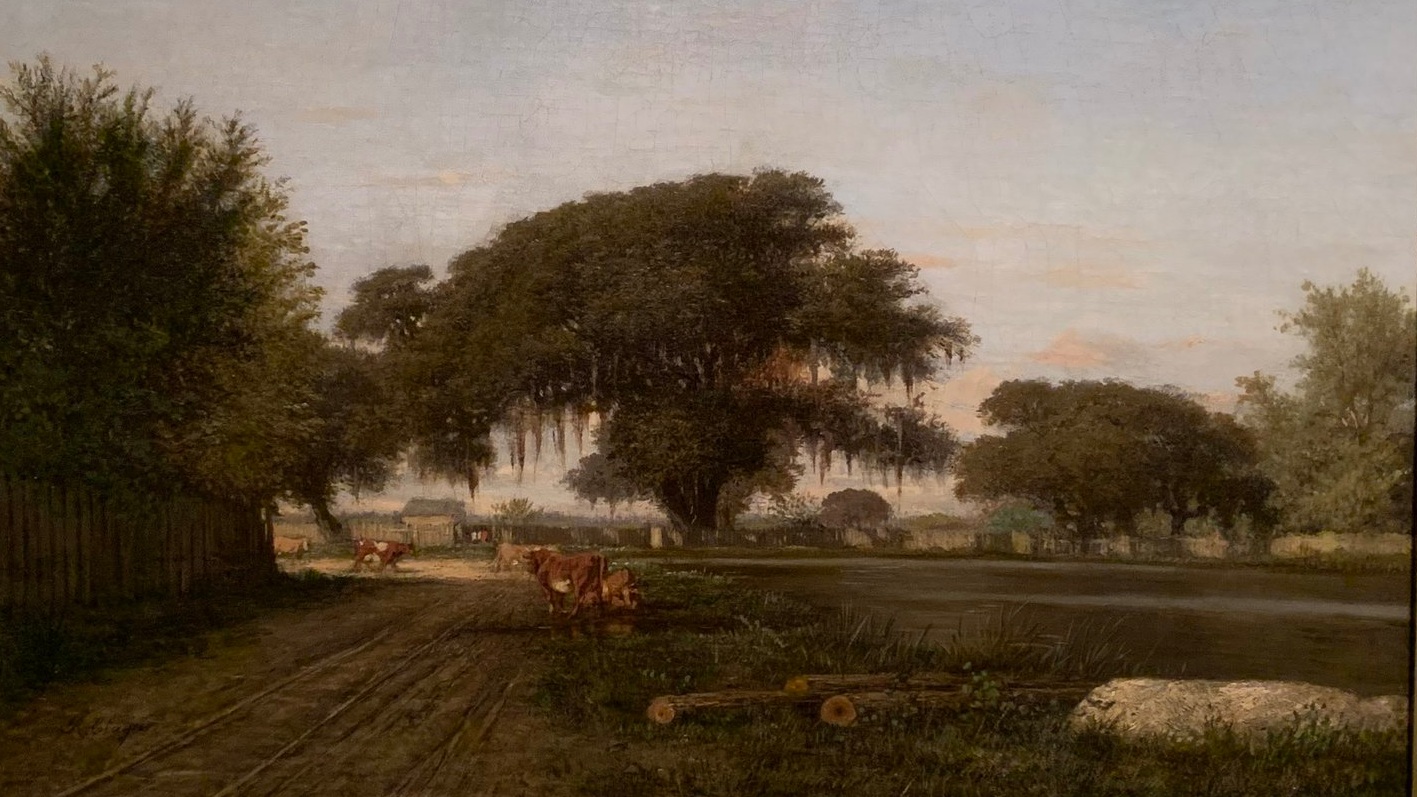

(images above): Using the arrow keys, click through to see pieces featured in this exhibition
Across the Atlantic includes French Barbizon artists to show a progression from Barbizon to Impressionism. The Barbizon artists worked en plein air near the village of Barbizon, but retained a subdued color palette, a focus on pastoral scenes, and more traditional academic composition and finishing than Impressionists. The influence of Barbizon painters can be found in the Art in Louisiana landscape gallery. Compare Eugène Ciceri’s pastoral landscape, featuring cows at a pond, with Richard Clague, Jr.’s Louisiana Plantation Scene (c. 1851–1870), which, despite its title, also seems to focus on the natural landscape with a similar composition, color, and paint application to Ciceri. The Barbizon influence also evident in Clague’s student, Marshall Joseph Smith, Jr. whose Cows Feeding on Swamp Grass on the Shores of Lake Pontchartrain (c. 1870–1890) displays a similar theme and style.
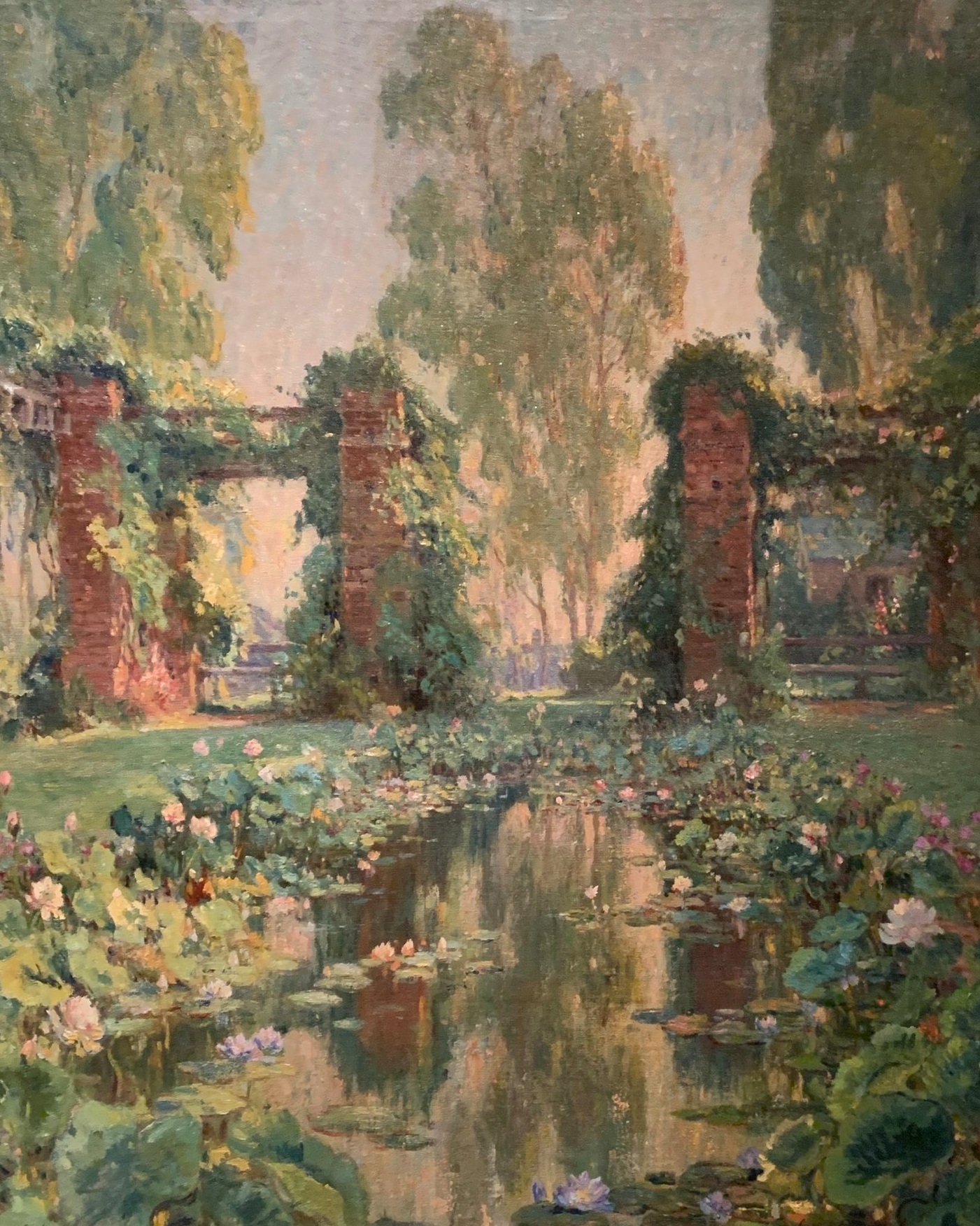
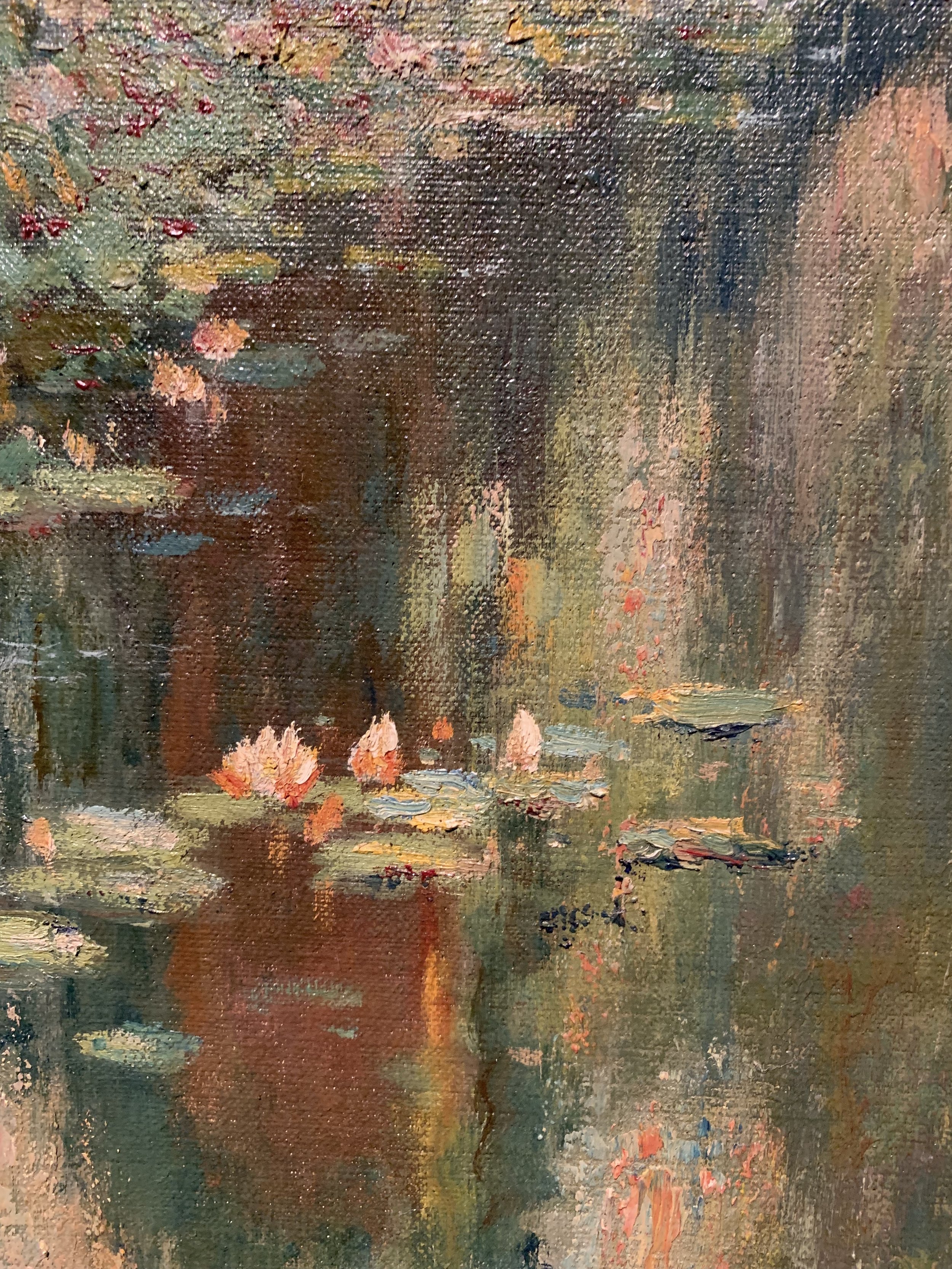
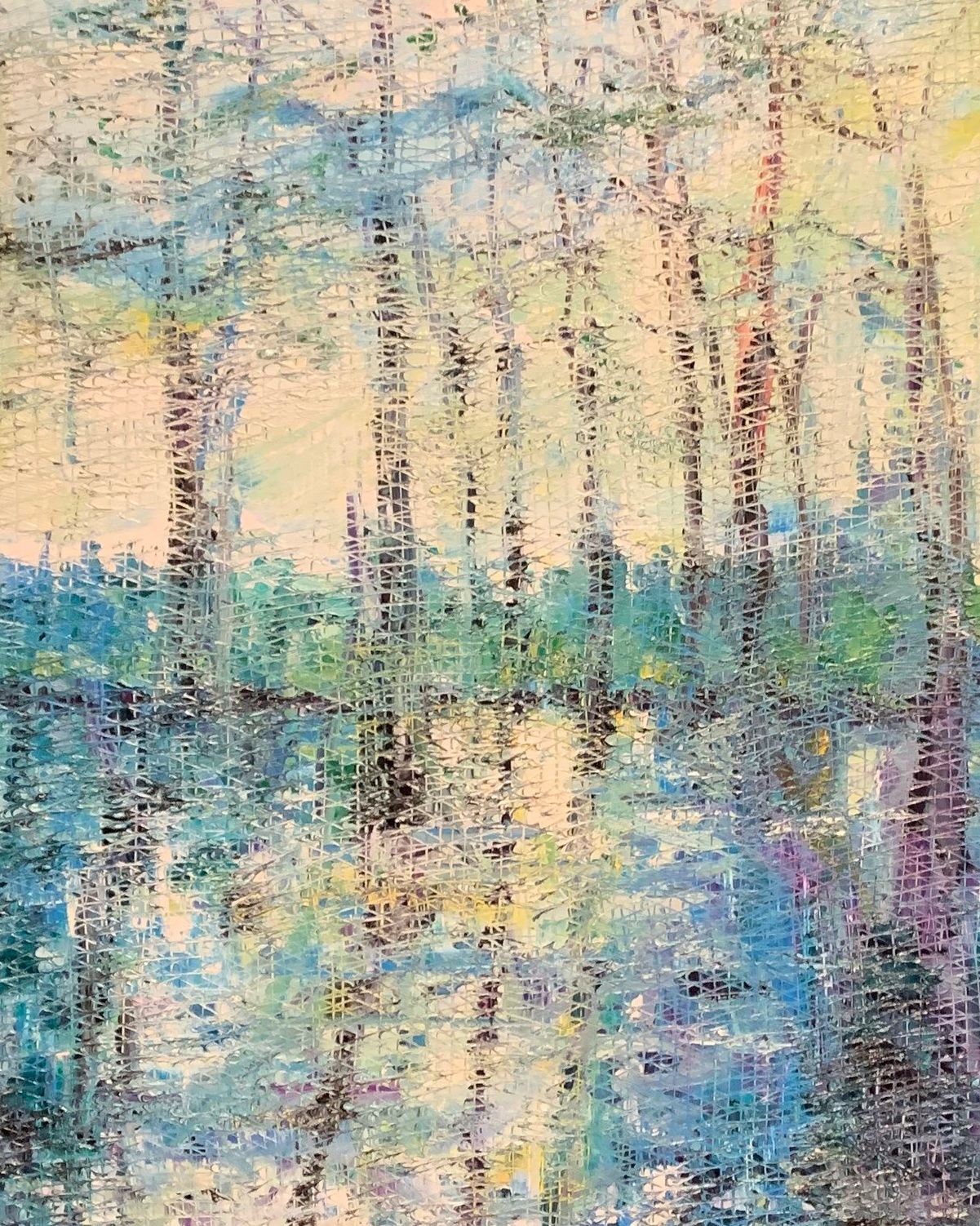
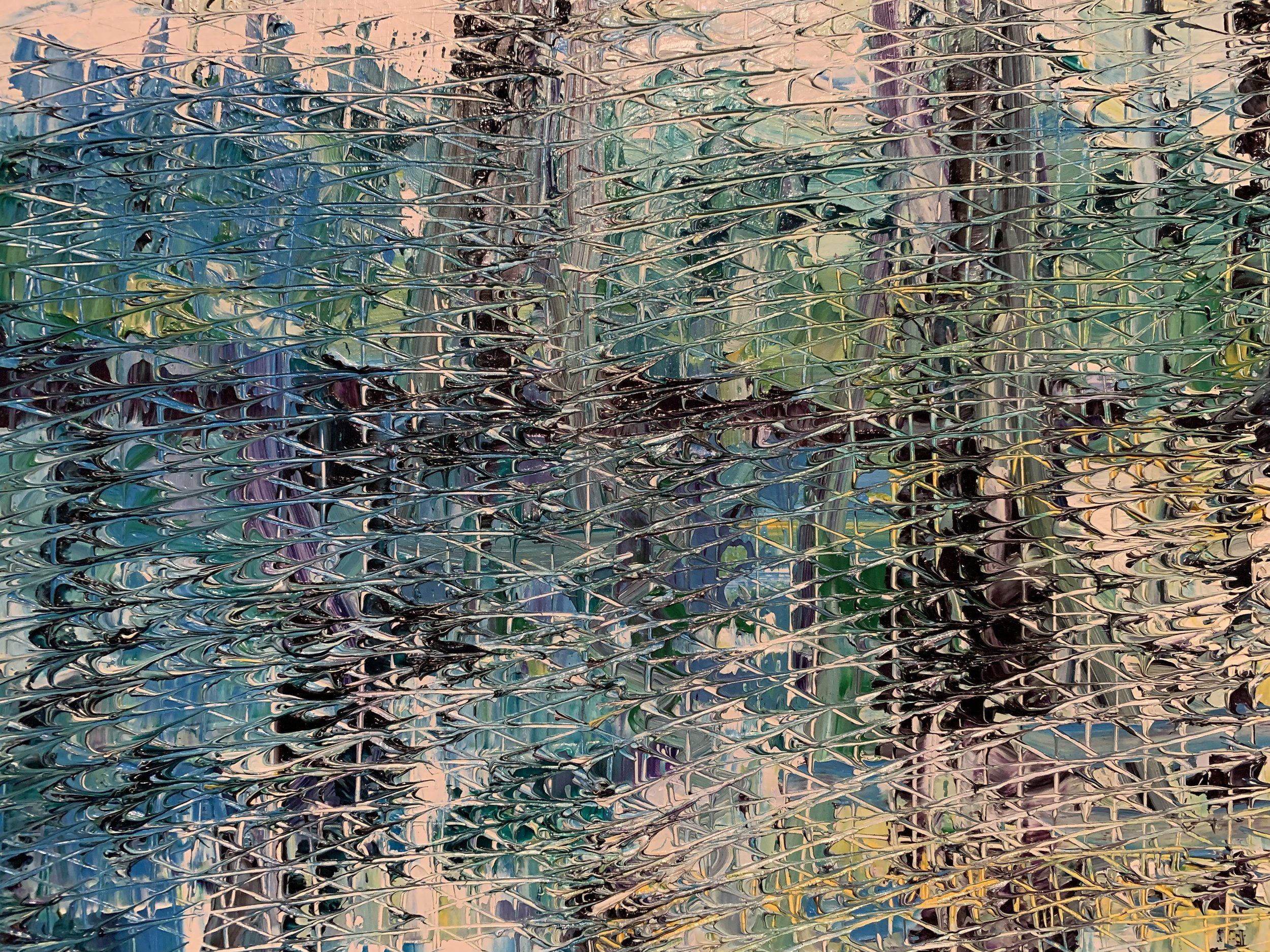
(images above): Using the arrow keys, click through to see pieces featured in this exhibition
Colin Campbell Cooper’s The Lotus Pool, El Encanto Santa Barbara (c. 1921–1922), demonstrates the influence of Impressionism across the United states, from East coast to California. To consider the influence of Impressionism on a twenty-first-century landscape, look at Hunt Slonem’s rendering of Bayou Teche. Slonem shows an interest in an impressionistic rendering of light on water, but his treatment of the canvas reflects the influences of abstraction and expressionism. While Impressionism began a shift to the formalist concerns of color, surface, and abstraction, Slonem’s work takes these even further. Slonem scratches through his painted surface to emphasize his expressionistic mark.
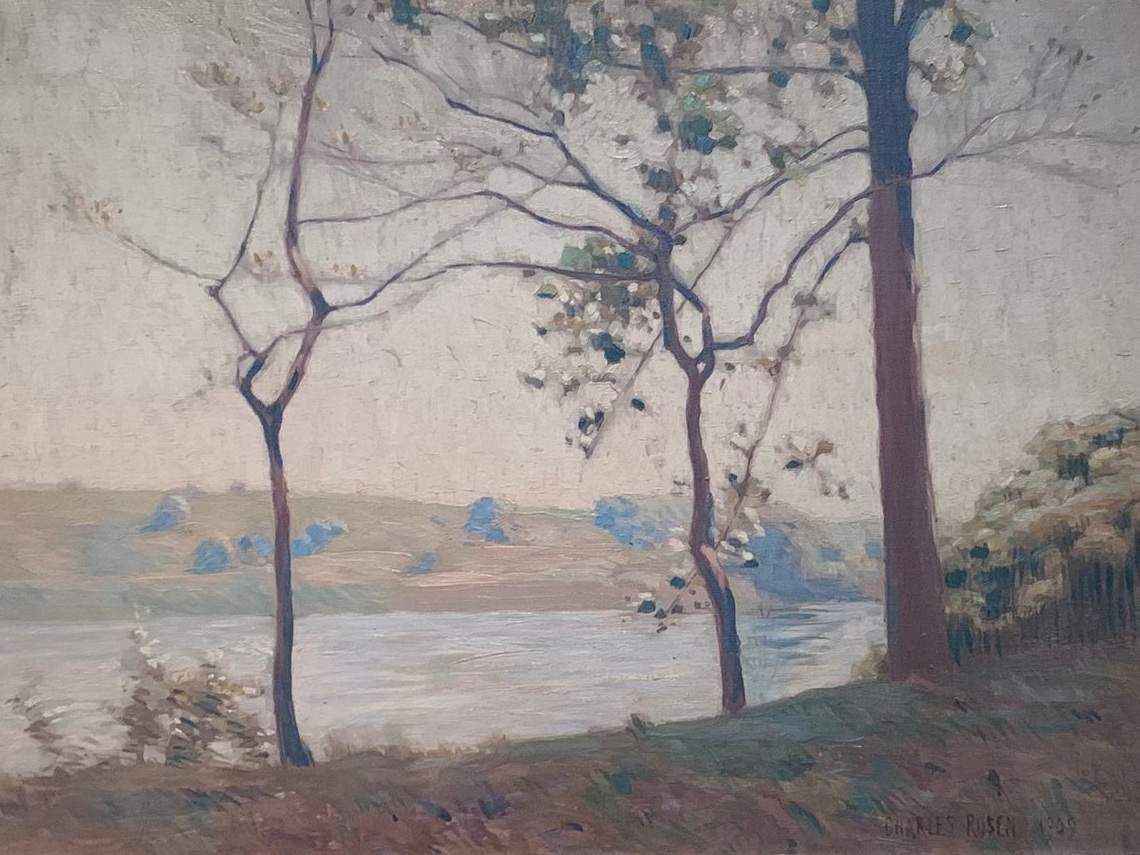
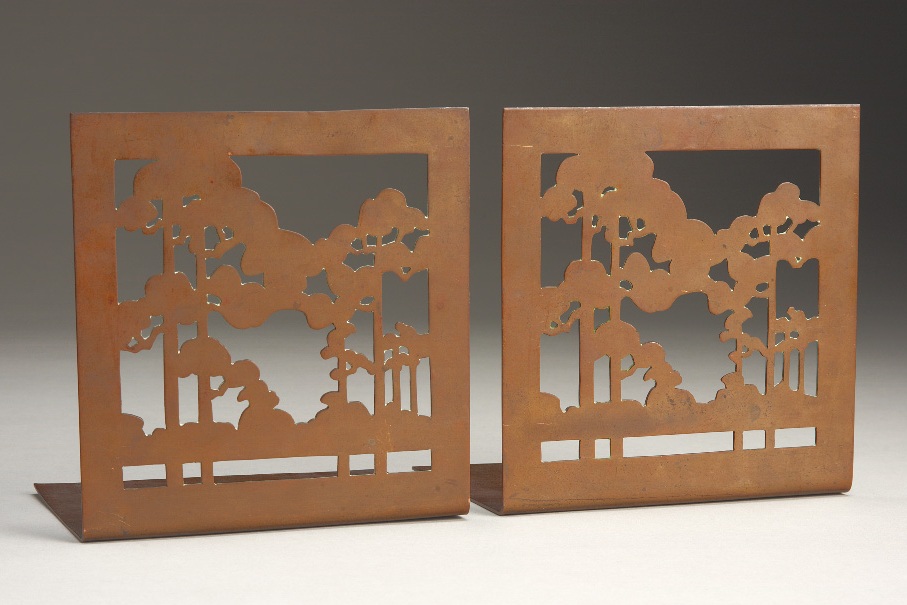
(images above): Using the arrow keys, click through to see pieces featured in our galleries.
The composition of Charles Rosen’s Across the River (1909) also shows the intersecting influence of Japonisme—the adoption of compositional and decorative techniques of Japanese arts. Woodblock ukiyo-e prints like LSU MOA’s Hiroshige print of Kiyomizu Hall and Shinobasu Pond deeply influenced Western artists in the late nineteenth and early twentieth century. Rosen’s painting features a cropped view with slender trees dominating the foreground extending beyond the picture plane. A pair of bookends on view in the Newcomb Gallery take Japanese compositional influence further by abstracting the tree form to create a decorative pattern motif in copper.

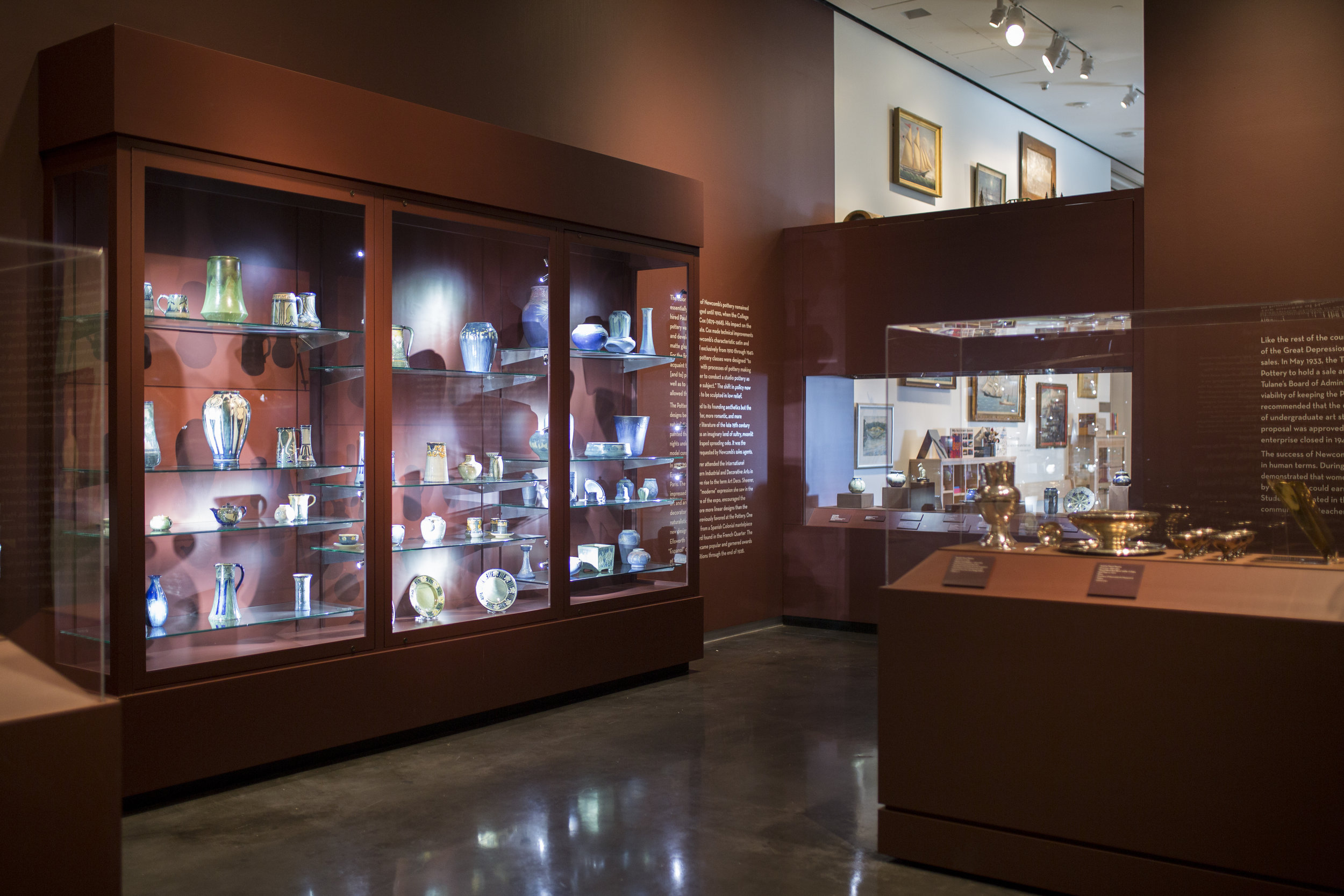
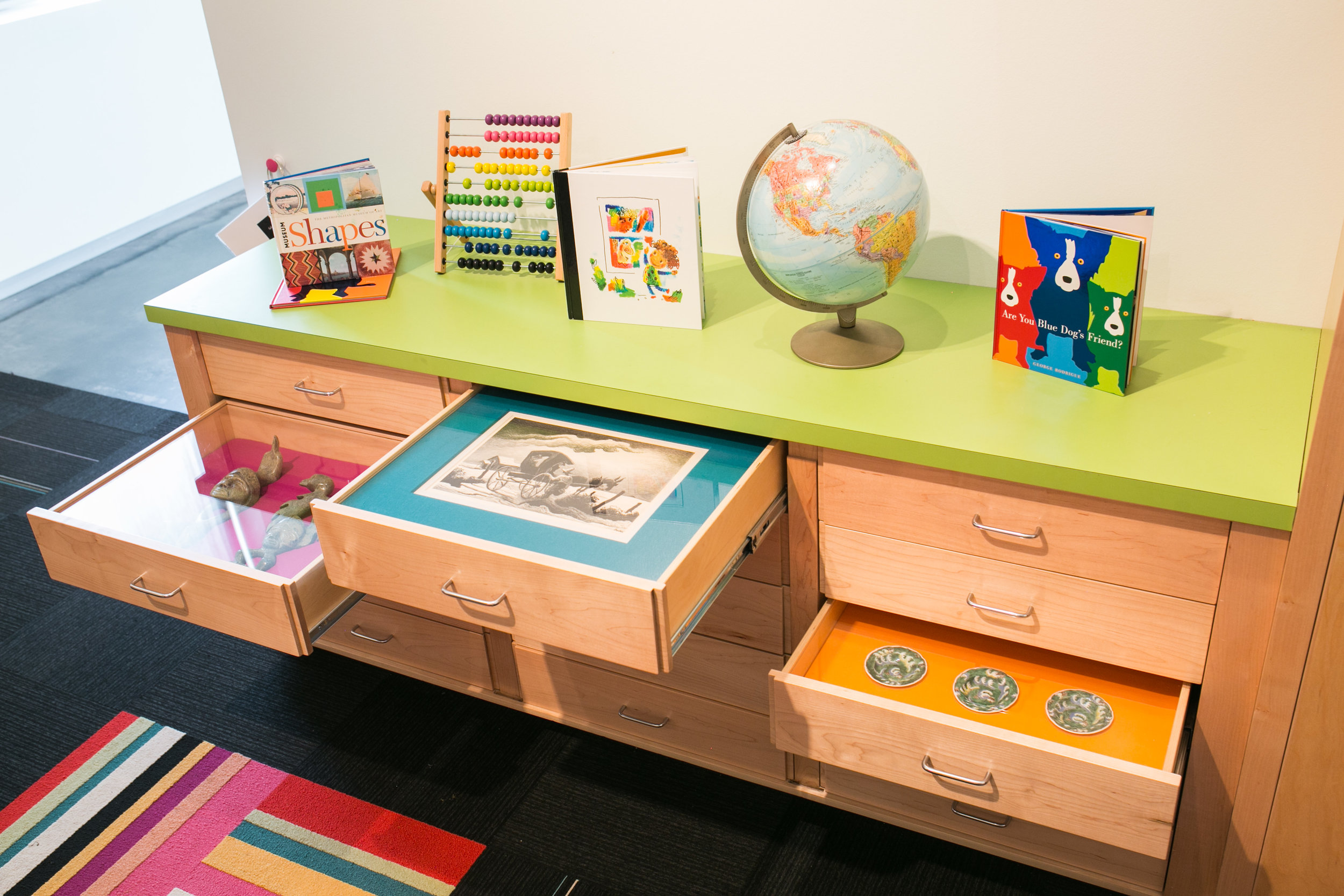
(images above): Using the arrow keys, click through to see pieces featured in our galleries.
Next time you visit the museum, instead of viewing each piece as an individual work, try making connections across galleries or even within one gallery. Several of our galleries feature “open storage” cases that encourage close comparisons. Art in Louisiana’s silver, Newcomb, and the Pennington Family Gallery each have large case or drawers for deep looking—we even have binoculars for family exploration. Come explore our Art in Louisiana galleries and Across the Atlantic (closing June 9) to make connections for yourself.
